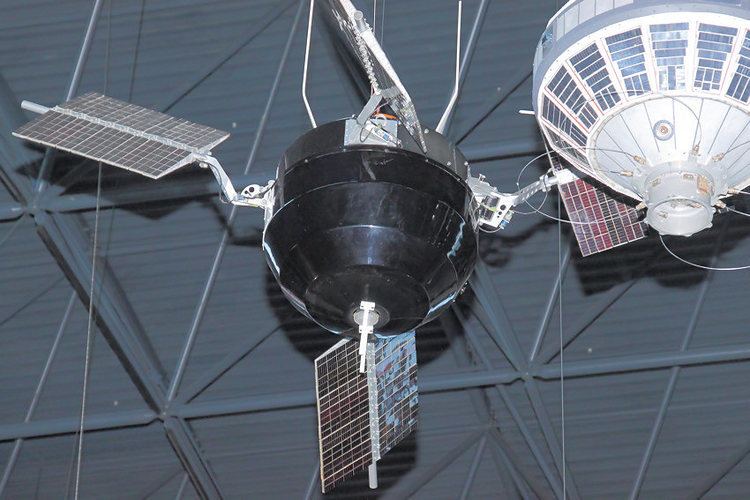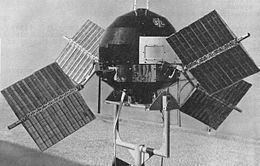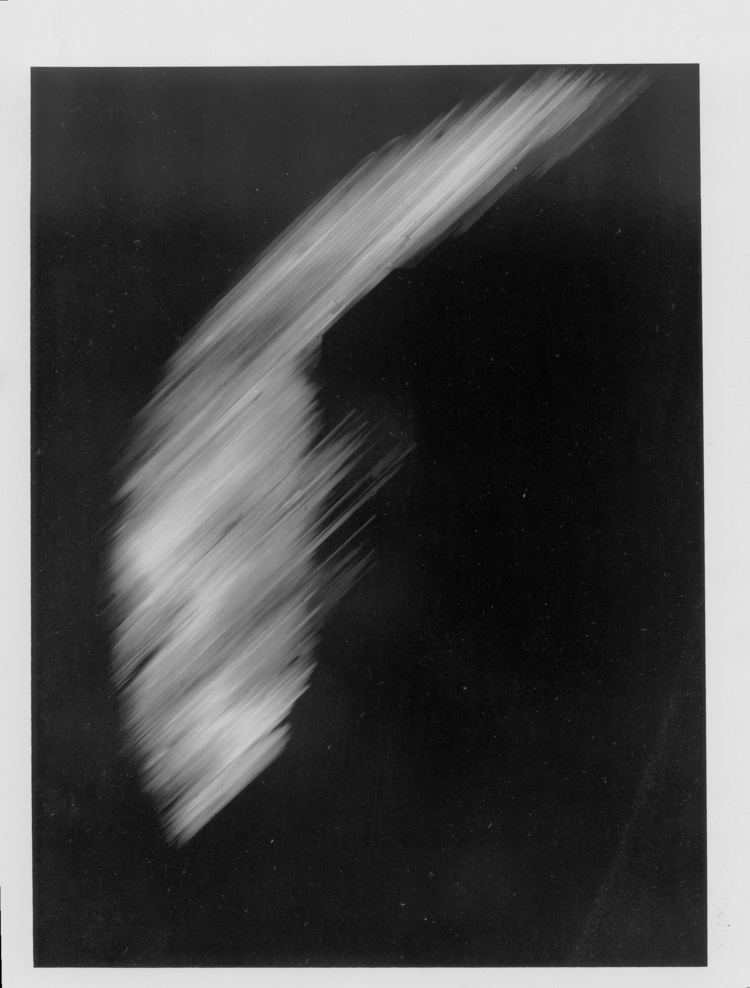Harvard designation 1959 Delta 1 Mission duration 60 days Apogee 41.9 million m Decay date 1 July 1961 Last contact 6 October 1959 | SATCAT no. 15 Launch date 7 August 1959 Period 13 hours Rocket Thor-Able | |
 | ||
Manufacturer Jet Propulsion LaboratoryTRW Similar Explorer 7, Explorer 4, Explorer 8, Explorer 11, Explorer 10 | ||
Explorer 6, or S-2, was an American satellite launched on August 7, 1959. It was a small, spheroidal satellite designed to study trapped radiation of various energies, galactic cosmic rays, geomagnetism, radio propagation in the upper atmosphere, and the flux of micrometeorites. It also tested a scanning device designed for photographing the Earth's cloud cover, and transmitted the first pictures of Earth from orbit.

The satellite was launched into a highly elliptical orbit with an initial local time of apogee of 2100 h. The satellite was spin-stabilized at 2.8 rps, with the direction of the spin axis having a right ascension of 217 degrees and a declination of 23 degrees. Four solar cell paddles mounted near its equator recharged the storage batteries while in orbit. Each experiment except the television scanner had two outputs, digital and analog. A UHF transmitter was used for the digital telemetry and the TV signal. Two VHF transmitters were used to transmit the analog signal. The VHF transmitters were operated continuously. The UHF transmitter was operated for only a few hours each day. Only three of the solar cell paddles fully erected, and this occurred during spin up rather than prior to spin up as planned. Consequently, initial operation of the payload power supply was 63% nominal, and this decreased with time. The decreased power caused a lower signal-to-noise ratio affecting most of the data, especially near apogee. One VHF transmitter failed on September 11, 1959, and the last contact with the payload was made on October 6, 1959, at which time the solar cell charging current had fallen below that required to maintain the satellite equipment.

In 1959 an anti-satellite missile test of the Bold Orion rocket used Explorer 6 as a target. The missile successfully passed within 6.4 kilometers (4.0 mi) of the satellite.

Bold Orion’s ASAT mission occurred on Tuesday, 13 October 1959. Launch took place within the Atlantic Missile Range Drop Zone (AMR DZ). The altitude, latitude and longitude of the drop point were 11,000 m (35,000 ft), 29° North and 79° West, respectively. Bold Orion successfully intercepted the Explorer 6 satellite, passing its target at a range of less than 6.5 km (3.5 nmi) and an altitude of 252 km (136 nmi).
The satellite's orbit decayed on July 1, 1961. A total of 827 hours of analog and 23 hours of digital data were obtained.

